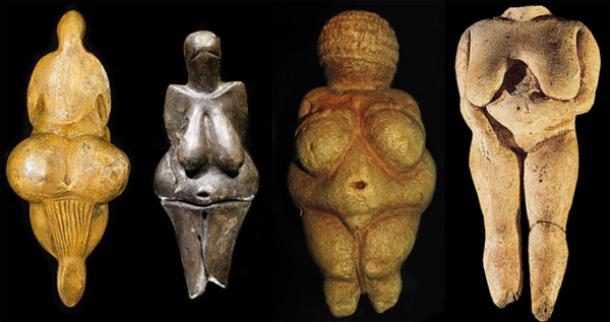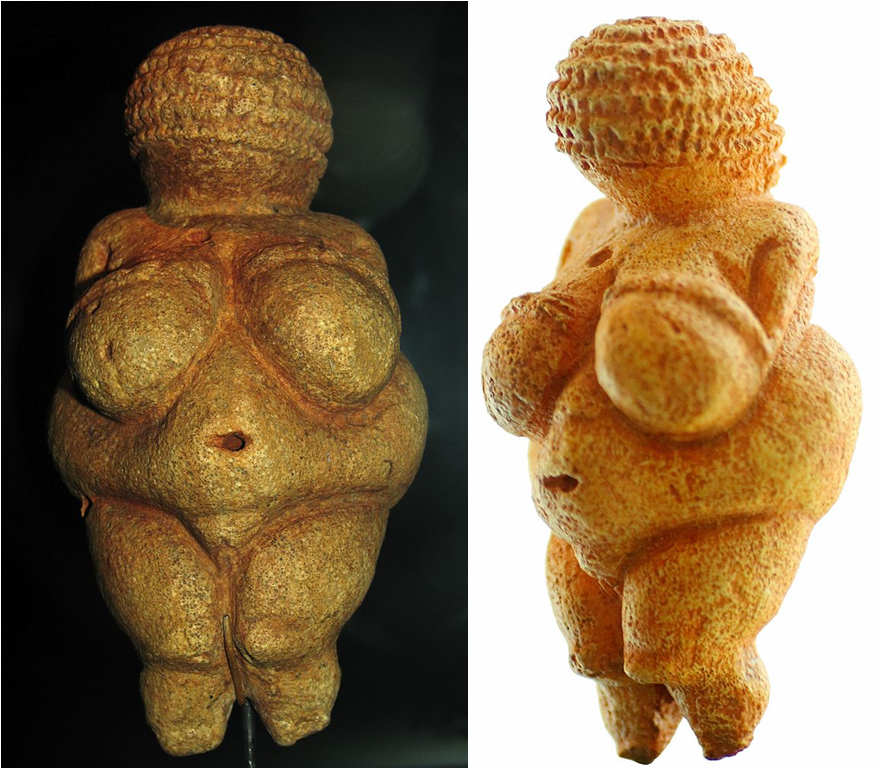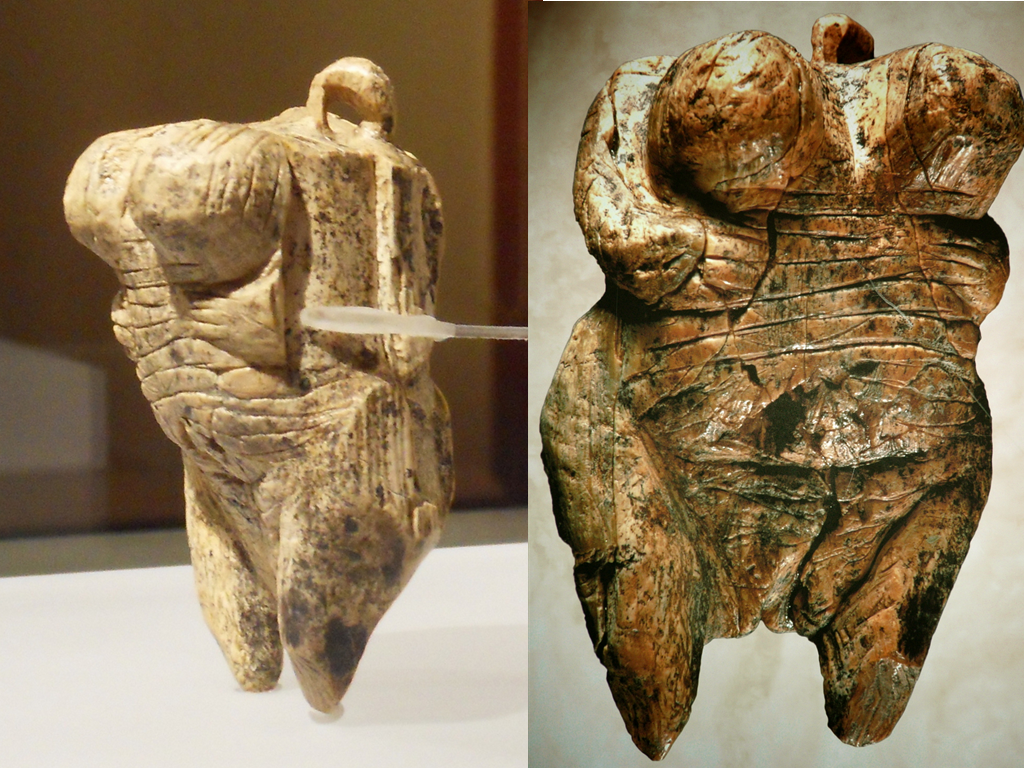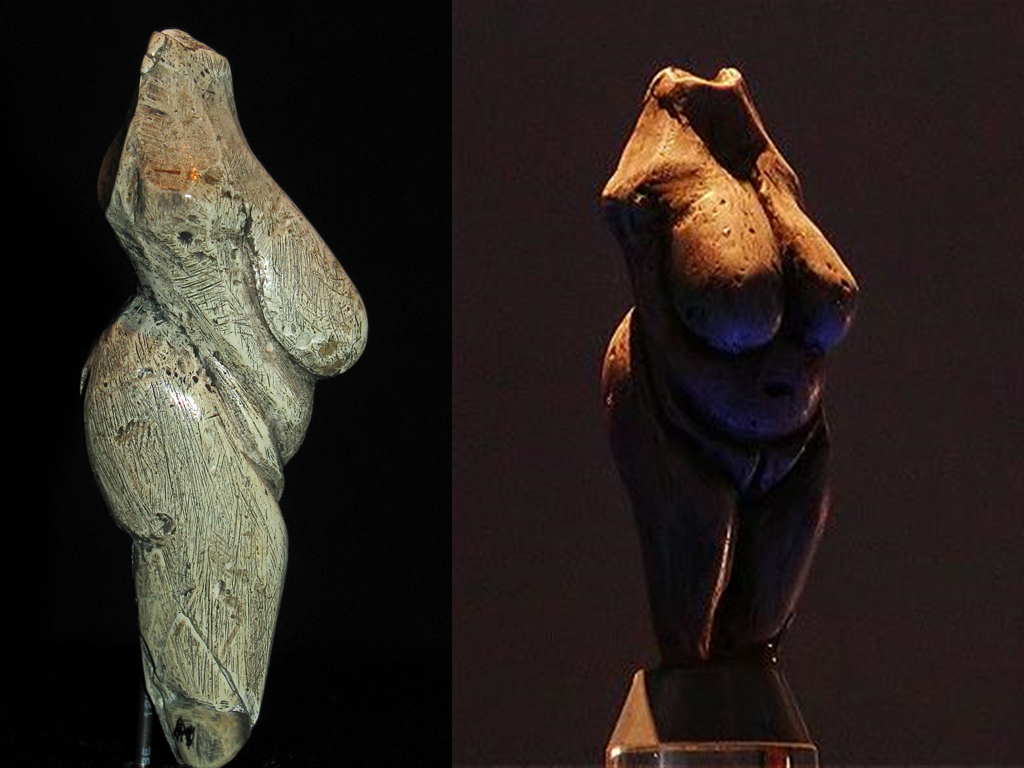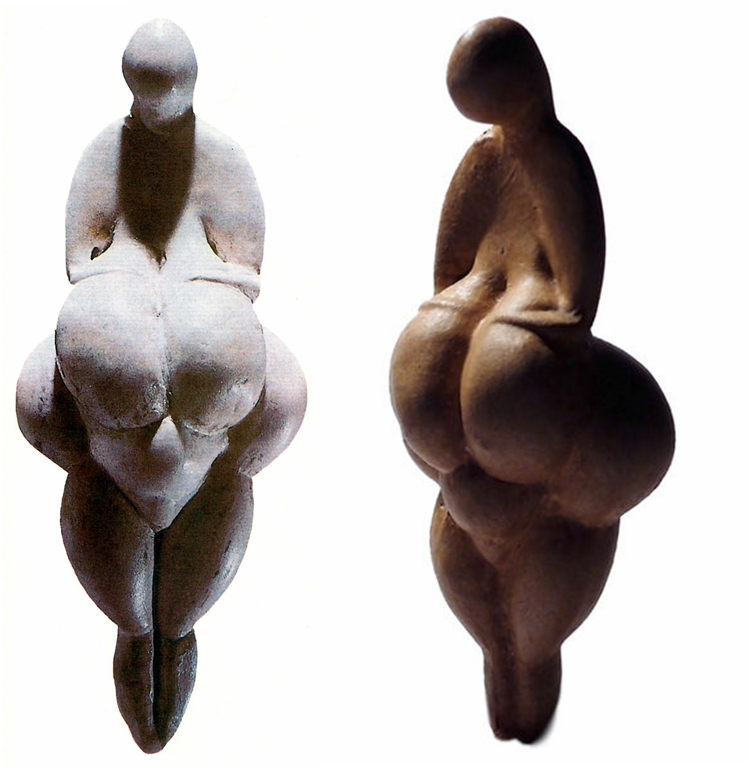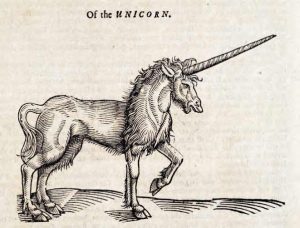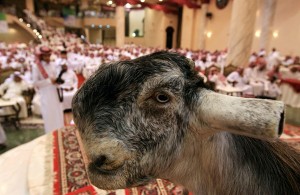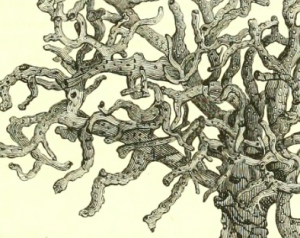Venus Figurines: Widely Distributed & Strangely Similar
So-called Venus figurines are small carved items portraying exaggerated female forms; they have been found widely distributed throughout Europe and across into Siberia.
These smallish ancient items often share the same kinds of features: big boobs, hips and bums, small heads with little detail and often no arms or legs. These Venus figurines, normally between 4 and 25 cm in height, are dated at their earliest to 35,000 years old and at their most recent 11,000 years old.
The Venus figurines are mostly made of soft, easily carved stone, mammoth ivory or fired clay. Their uses or meaning are of course shrouded in the type of mystery that old father time alone can weave.
More than 100 of these statuettes have been unearthed to date, each slightly different but many with a common theme. The fact that there are certain similarities in objects from such disparate locations is surprising at first glance, but I suppose a common theme like this is to be expected. After all, humans give birth to baby humans from their loins, they feed the infants from their bosom and anyone who was a fat arse must have been wealthy or powerful.
So I suppose, in some regard, the similarities in form might not be so surprising. I also dare to imagine that men have always had a soft spot for the female’s bosom. Having said that, it isn’t a universal desire. Some tribes in Africa, where their chests are always on show do not find the bosom particularly arousing. They are all about the derriere.
What makes the similarities of these Venuses more surprising to me is that they were being made for many thousands of years and then seemed to disappear from favour. After 9000 BC the Venus trail drys up. Here’s a little bit of information about some of the most famous Venus figurines:
Venus of Willendorf
The Venus of Willendorf is possibly the most famous of the figurines. She was discovered in 1908 in Austria and is between 25 and 28,000 years old, meaning its creation was in the era known as the “Old Stone Age”.
Venus of Hohle Fels
The Hohle Fels figurine was dug out of German soil in 2008 and is cut from mammoth tusk. It was carved 35-40,000 years ago around the time of the earliest Cro-Magnon man in Europe.
The Hohle Fels figurine’s shape isn’t as pleasing as the Venus of Willendorf but it’s the oldest undisputed example of human figurative art found to date. And it wins that accolade by many millenia.
The piece is broken into at least 6 pieces, one of which – the arm and shoulder – have not been found. The addition of what looks like a loop at the top might infer that it was worn as a necklace, but that’s speculation of course.
Venus of Moravany
A Slovakian peasant dug the Venus of Moravany from her place of rest whilst ploughing his field sometime in the 1920’s. This Venus is made of mammoth ivory and dated to 22,800 BC.
Venus of Lespugue
Carved around 24-26,000 years ago, the Venus of Lespugue was found in a cave in the foothills of the Pyrenees in the late 19th century, or there abouts. It stands at 6 cm tall and has the most pendulous bosoms of the lot.
—x—
As you can imagine there are a wealth of theories and stories that have been built up to explain or posit what these little figurines were for. Some archaeologists wonder whether female deities were more prevalent in pre-history.
Perhaps the advent of the Judeo-Christian religions painted God as a male item and the idea stuck. Perhaps ancient tribes were more woman-centric?
Others theorise that these figurines might have been fertility icons, or good luck talismans. Some archaeologists wonder whether the figurines might have been pornographic in nature:
This [figure] is about sex, reproduction…an extremely powerful depiction of the essence of being female.
Others point in a less primal direction and think they may have signified…
…hope for survival and longevity, within well-nourished and reproductively successful communities.
We may never know the real meaning of the Venus figurines, but they’re an intriguing glimpse into a world so far back it is virtually impossible for us to imagine how it would have felt. Cold, I imagine.
MORE ANCIENT STUFF:
DID THE AMAZON BASIN HOST A HUGE SOCIETY?
FOUR-WINGED DINOSAUR FOUND IN CHINA
THE OLDEST BOARD GAMES EVER FOUND

